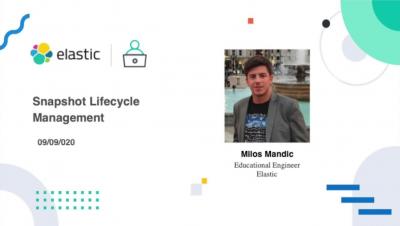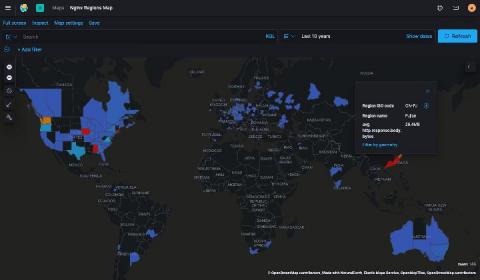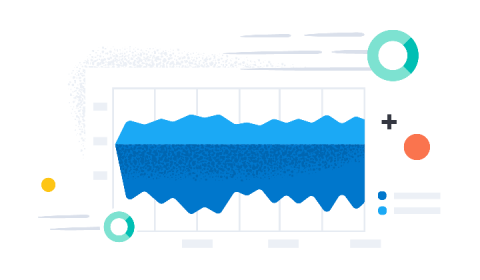Getting Started with Sending StatsD Metrics to Telegraf & InfluxDB
This tutorial will walk you through sending StatsD metrics to Telegraf. StatsD is a simple protocol for sending application metrics via UDP. These metrics can be sent to a Telegraf instance, where they are aggregated and periodically flushed to InfluxDB or other output sinks that you have configured. At the time of writing, we have 37 different output plugins supported.








